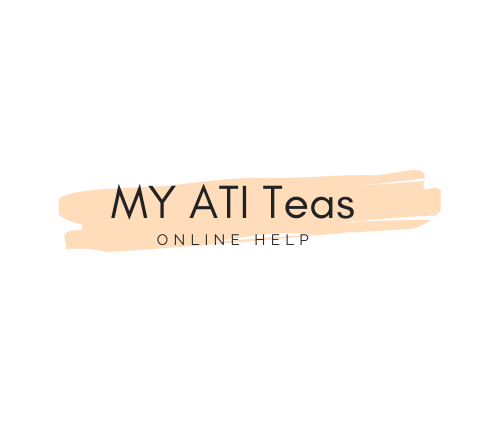Experiment 2. Gas Chromatographic Analysis of Gasolines
Introduction
In this experiment, you will analyze samples of gasoline by gas chromatography. From your analysis, you should learn something about the composition of these fuels. Although all gasolines are compounded from the same basic hydrocarbon components, each company blends these components in different proportions in order to obtain a gasoline with properties similar to those of competing brands.
Sometimes the composition of the gasoline may vary depending on the composition of the crude petroleum from which the gasoline was derived. Frequently, refineries vary the composition of gasoline in response to differences in climate or seasonal changes or environmental concerns. In the winter or in cold climates, the relative proportion of butane and pentane isomers is increased to improve the volatility of the fuel. This increased volatility permits easier starting. In the summer or in the warm climates, the relative proportion of these volatile hydrocarbons is reduced. The decreased volatility reduces the possibility of vapor-lock formation. Occasionally, differences in composition can be detected by examining the gas chromatograms of a particular gasoline over several months. In this experiment, we do not try to detect such small differences.
There are different octane rating requirements for “regular” and “premium” gasolines. You may be able to observe differences in the composition of these two types of fuels. You should pay particular attention to increases in the proportions of those hydrocarbons that raise octane ratings in the premium fuels.
In some areas of the country, manufactures are required from November to February to control the amounts of carbon monoxide produced when the gasoline burns. To do this, they add oxygenates, such as ethanol or methyl tert-butyl ether (MTBE), to the gasoline. You should try to observe the presence of these oxygenates, which may be observed in gasolines produced in carbon monoxide-containment areas.
The class will analyze samples of regular unleaded, premium unleaded, and super unleaded. If available, the class will analyze oxygenated fuels. If different brands are analyzed, equivalent grades from the different companies should be compared.
Discount service stations usually buy their gasoline from one of the large petroleum-refining companies. If you analyze gasoline from a discount service station, you may find it interesting to compare that gasoline with an equivalent grade from a major supplier, noting particularly the similarities.
Required Reading
“Technique 15 ‘Gas Chromatography’” Handout
“Essay ‘Petroleum and Fossil Fuels’”
Waste Disposal
Dispose of all gasoline samples in the container designated for nonhalogenated wastes.
Procedure
Reference Mixture
First, analyze a standard mixture that includes pentane, hexane (or hexanes), heptane, toluene, and xylenes (a mixture of meta, para, and ortho isomers). Inject a 0.5-μL sample into the gas chromatograph, or use an alternative sample size as indicated by your instructor. Measure the retention time of each component in the reference mixture on your chromatogram (Technique 15, handout). The previously listed compounds elute in the order given (pentane first and xylenes last). Compare your chromatogram to the one posted near the gas chromatograph or the one reproduced in this experiment.
The special microliter syringes used in the experiment are very delicate and expensive. Pay close attention to all instructions given before attempting to use the syringe, if you do not feel comfortable performing the injection yourself your lab instructor or a lab assistant may aid you.
Oxygenated Fuel Reference Mixture
Oxygenated compounds are added to gasolines in carbon monoxide-containment areas during the months of November through February. Currently, ethanol and methyl tert-butyl ether are in most common use. Your instructor may have available a reference mixture that includes all the previously listed compounds and either ethanol or methyl tert-butyl ether. Again, you need to inject a sample of this mixture and analyze the chromatogram to obtain the retention times for each component in this mixture.
Gasoline Samples
Inject a sample of a regular unleaded, premium unleaded, super unleaded, or oxygenated gasoline into the gas chromatograph and wait for the gas chromatogram to be recorded. Compare the chromatogram to the reference mixture. Determine the retention times for the major components and identify as many of the components as possible. For comparison, gas chromatograms of a premium unleaded gasoline and the reference mixture are shown below. A list of the major components in gasolines is also shown. Notice that the oxygenate methyl tert-butyl ether appears in the C6 region. Does your oxygenated fuel show this component? See if you can notice a difference between regular and premium unleaded gasolines.
![]()
![]()
Analysis
Be certain to compare very carefully the retention times of the components in each fuel sample with the standards in the reference mixture. Retention times of compounds vary with the conditions under which they are determined. It is best to analyze the reference mixture and each of the gasoline samples in succession to reduce the variations in retention times that may occur over time. Compare the gas chromatograms with those of students who have analyzed gasolines from other dealers.
Report
Your results section should include a copy of the actual gas chromatograms as well as an identification of as many of the components in each chromatogram as possible. Perform a percentage composition analysis for both the reference mixture and your gasoline samples. Use the triangulation method. Present your results neatly and discuss them intellectually in the conclusion of your lab.
Add the photos in the attachment in the result sction.


